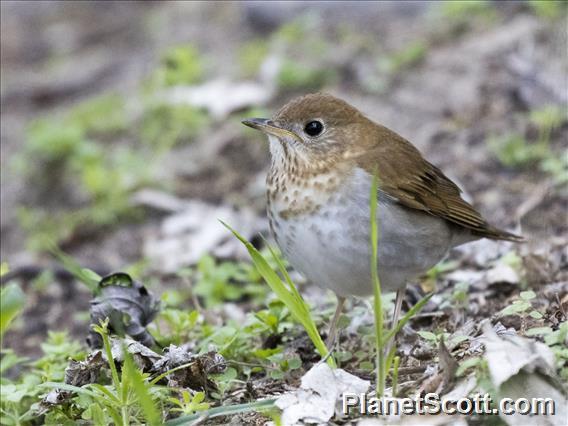Veery (Catharus fuscescens)

Veery (Catharus fuscescens)

Veery (Catharus fuscescens)


×



Veery (Catharus fuscescens)

Veery (Catharus fuscescens)
About Veery (Catharus fuscescens)
- Kingdom: Animals
- Phylum: Chordates
- Class: Birds
- Order: Perching Birds
- Family: Thrushes and Allies
The veery is a small North American thrush species, a member of a group of closely related and similar species in the genus Catharus, also including the gray-cheeked thrush, Bicknell's thrush, Swainson's thrush, and hermit thrush. Alternate names for this species include Wilson's thrush and tawny thrush. Up to six subspecies exist, which are grouped into the eastern veery, the western veery or willow thrush, and the Newfoundland veery.
Source: Wikipedia
Lifelists
Trips
Visits
-
2009-05-08
Burnidge Forest Preserve, United States of America -
2012-06-03
Nellsville Boardwalk, United States of America -
2012-07-09
Sax-Zim Bog, United States of America -
-
-




